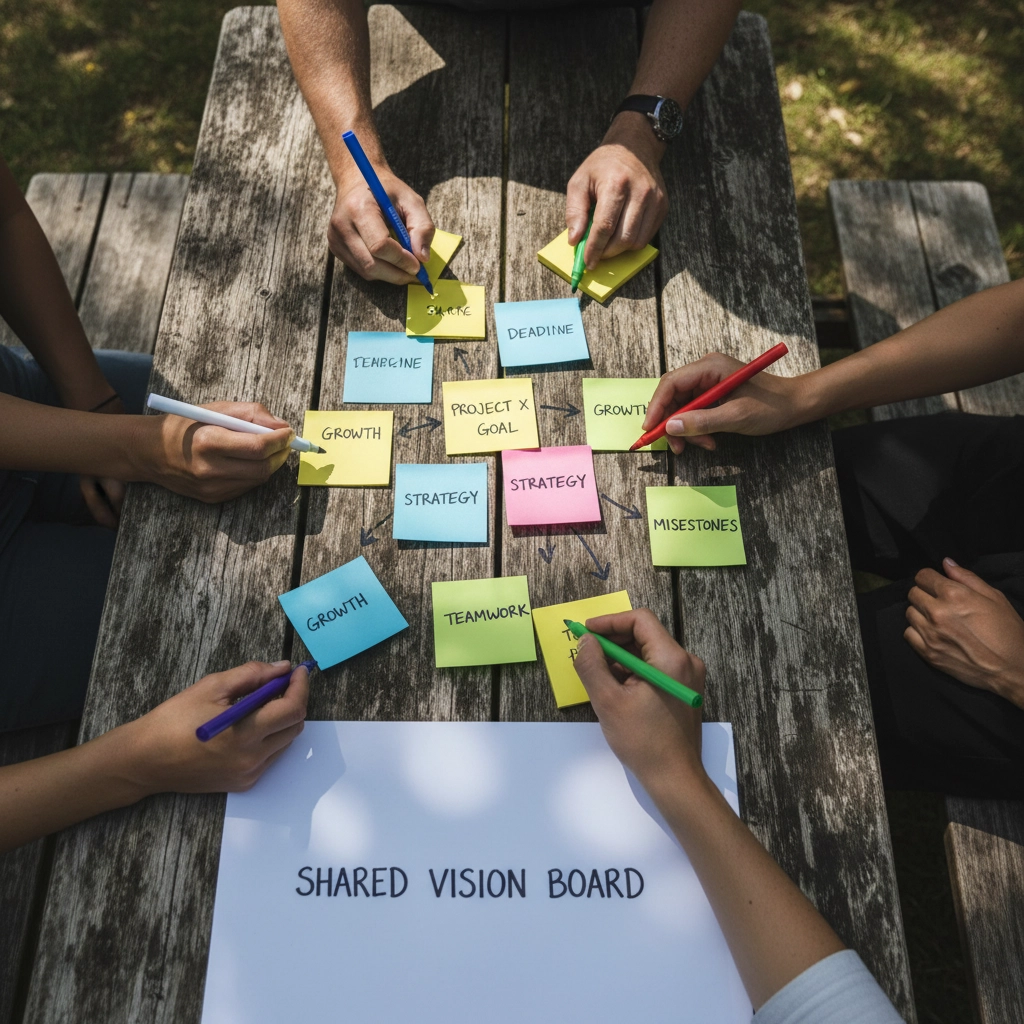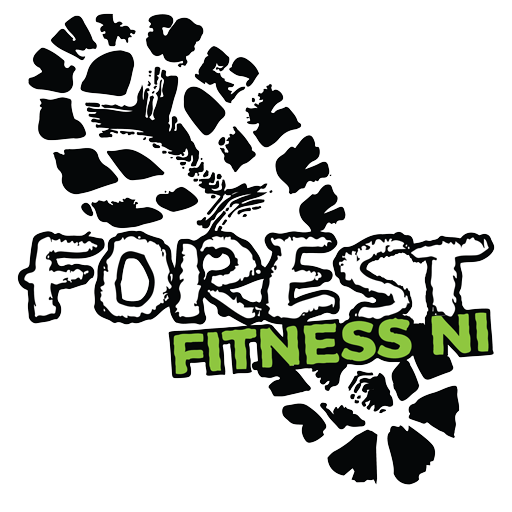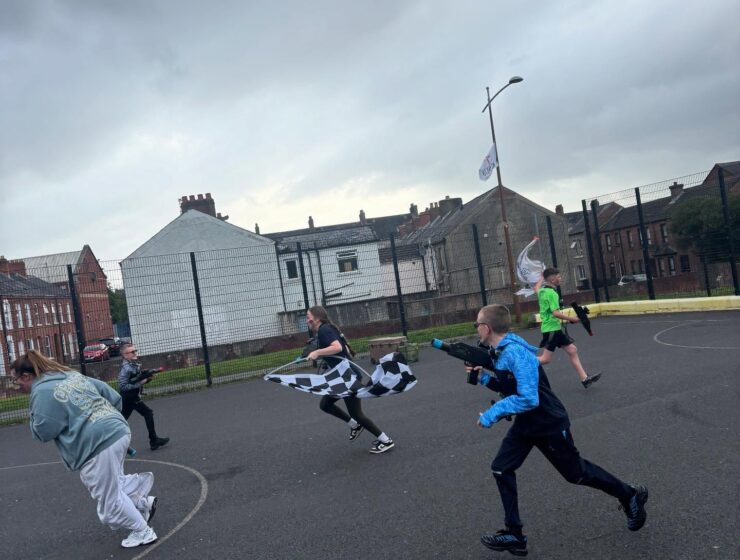Ready to transform your workplace dynamics and unleash your team’s full potential? Planning epic corporate team building events that genuinely boost morale isn’t just about organizing fun activities—it’s about creating meaningful experiences that forge stronger connections, enhance communication, and align your team toward shared success.
Whether you’re managing a small department or leading a large corporation, the right approach to team building can revolutionize your workplace culture. You’re about to discover a proven five-step framework that goes beyond conventional team building, delivering results that will energize your team and elevate performance like never before.
Step 1: Define Your Team’s Mission and Set Clear Objectives
Your team-building journey begins with a crystal-clear purpose and direction. You can’t hit a target you haven’t defined, and the same principle applies to team development. Start by identifying exactly what you want to achieve—are you looking to improve communication, resolve conflicts, boost creativity, or enhance collaboration?
Successful team building requires you to align individual aspirations with organizational goals. Gather your team for an open discussion about expectations, challenges, and desired outcomes. This collaborative approach ensures everyone feels heard and invested in the process from day one.
Your Action Steps:
- Conduct team surveys to identify specific areas for improvement
- Hold one-on-one conversations with team members to understand their perspectives
- Define 3-5 specific outcomes you want to achieve through team building
- Document these objectives and share them with your team
Remember, when your team understands the ‘why’ behind team building activities, they’re more likely to engage authentically and embrace the experience wholeheartedly.

Step 2: Assess Your Team’s Current Dynamics and Strengths
You need to understand where your team stands before you can guide them to where they need to go. A comprehensive team assessment reveals the unique blend of personalities, skills, communication styles, and working preferences that make up your group.
This step involves observing how team members interact during meetings, identifying natural leaders and collaborators, and recognizing potential areas of friction. Pay attention to communication patterns—who speaks up, who remains quiet, and how decisions are typically made within your team.
Key Assessment Areas:
- Individual strengths and skill sets
- Communication preferences and styles
- Current level of trust and psychological safety
- Collaboration patterns and potential barriers
- Conflict resolution approaches
Consider using personality assessments, 360-degree feedback tools, or simple team mapping exercises to gather insights. The goal isn’t to label or pigeonhole team members, but to understand how different personalities and working styles can complement each other more effectively.
Step 3: Set SMART Goals That Drive Real Results
Transform your team building aspirations into actionable, measurable goals that everyone can rally behind. Using the SMART framework—Specific, Measurable, Achievable, Relevant, and Time-bound—ensures your team-building efforts deliver tangible improvements.
Your goals should address specific challenges while building on existing strengths. For example, instead of a vague objective like “improve communication,” set a specific goal such as “reduce project miscommunication by 50% within three months through enhanced team collaboration protocols.”
SMART Goal Examples:
- Specific: Establish weekly cross-departmental check-ins to improve project coordination
- Measurable: Increase team satisfaction scores by 25% within six months
- Achievable: Complete two team-building activities per quarter
- Relevant: Focus on skills directly related to current project challenges
- Time-bound: Achieve improved conflict resolution within 90 days
When you involve your team in goal-setting, you create buy-in and accountability that extends far beyond the team-building event itself.

Step 4: Design and Execute Engaging Team Building Experiences
Now comes the exciting part—choosing and implementing activities that will energize your team and drive meaningful connections. The key is selecting experiences that directly support your objectives while engaging all team members, regardless of their comfort zones or physical abilities.
Consider the power of outdoor adventure activities that challenge teams to work together in new environments. Activities like problem-solving challenges, trust exercises, and collaborative outdoor adventures create shared experiences that translate directly into improved workplace dynamics.
Activity Categories That Deliver Results:
- Trust-building exercises that encourage vulnerability and mutual support
- Problem-solving challenges that require diverse skills and perspectives
- Communication games that highlight different interaction styles
- Creative collaborations that tap into innovative thinking
- Outdoor adventures that push comfort zones in a supportive environment
The magic happens when you choose activities that mirror real workplace challenges while removing the pressure and formality of the office environment. Teams discover new ways to support each other, communicate effectively, and leverage individual strengths for collective success.
Remember to accommodate different personalities and physical abilities. Some team members thrive in high-energy group activities, while others contribute best in smaller, more intimate settings. Plan a mix of activities that allow everyone to shine and contribute meaningfully.
Step 5: Foster Continuous Communication and Long-term Accountability
The most crucial step—and often the most overlooked—is establishing systems that sustain the positive momentum generated during your team building activities. You need to create ongoing opportunities for team members to practice new communication patterns, celebrate successes, and address challenges as they arise.
Implement regular check-ins that go beyond standard project updates. Create space for team members to share insights, provide feedback, and discuss how they’re applying lessons learned during team building activities. This ongoing dialogue ensures that improved communication and collaboration become ingrained in your team’s daily operations.
Sustainability Strategies:
- Schedule monthly team reflection sessions
- Establish peer recognition systems
- Create accountability partnerships within your team
- Document and share success stories
- Address emerging challenges proactively
Encourage open and honest communication by modeling vulnerability and receptiveness to feedback yourself. When team members see leadership embracing continuous improvement, they’re more likely to engage authentically in the process.

Measuring Success and Celebrating Progress
Track the impact of your team-building efforts through both quantitative and qualitative measures. Monitor changes in productivity metrics, employee satisfaction surveys, and retention rates. Equally important, pay attention to subtle improvements in daily interactions, meeting dynamics, and overall team energy.
Celebrate wins along the way—both big and small. Recognition reinforces positive behaviors and motivates continued growth. Whether it’s acknowledging improved collaboration on a challenging project or celebrating a team member who stepped outside their comfort zone, consistent recognition builds momentum for ongoing improvement.
Your Next Steps to Team Building Success
You now have a proven framework for planning team-building experiences that deliver real, lasting results. The key is taking action and adapting these steps to fit your team’s unique needs and challenges.
Start with Step 1 today—define your objectives and begin those crucial conversations with your team members. Remember, the most effective team building happens when you combine strategic planning with engaging, meaningful experiences that challenge and inspire your team to reach new heights together.
Your team’s potential is waiting to be unleashed. With the right approach, your next team building initiative won’t just be another corporate event—it’ll be the catalyst that transforms your workplace culture and drives unprecedented success. Ready to embark on this exciting journey? Your team’s best days are just ahead, and they’re counting on your leadership to make it happen.






